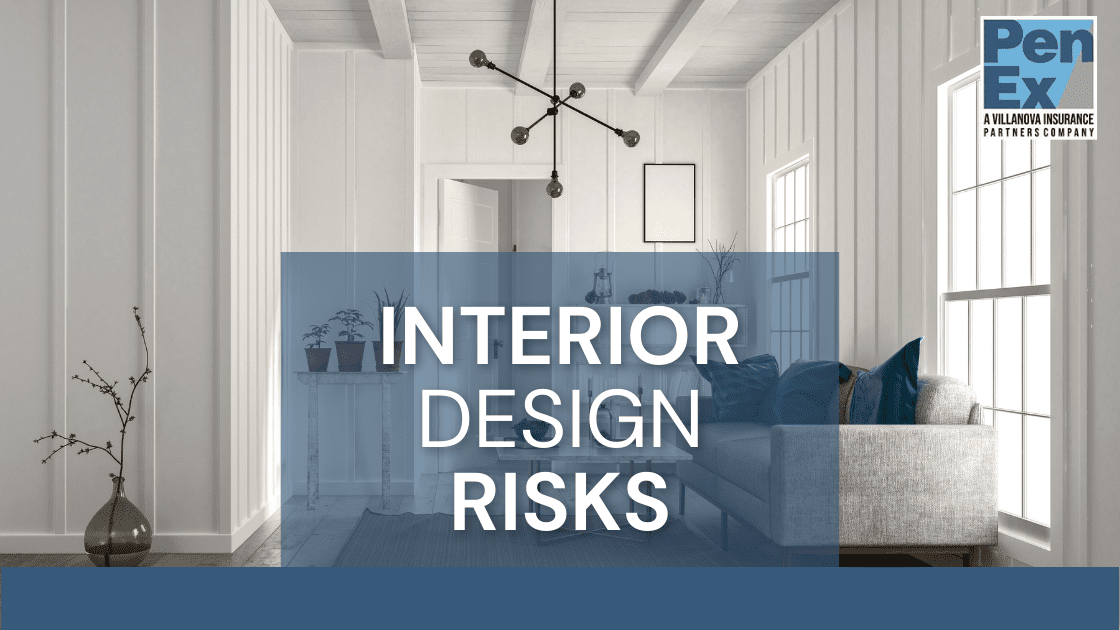Interior design is an exciting and creative profession, but it comes with its share of challenges and risks. From managing client expectations to navigating legal and financial responsibilities, interior designers must proactively address these challenges to ensure career longevity and maintain their professional reputation. This blog explores practical strategies to minimize the risks of being an interior designer.
What Are The Risks of Being An Interior Designer?
Common Business Risks in Interior Design
Interior designers encounter various risks in their day-to-day work, including:
- Miscommunication with clients: This can lead to unmet expectations and dissatisfaction.
- Project delays and budget overruns: Often caused by unforeseen issues or poor planning.
- Liability for damages or accidents: On-site incidents can result in costly repairs or legal action.
- Copyright or intellectual property disputes: Using protected designs or failing to protect your work can lead to legal troubles.
Impact of These Business Risks in Interior Design
The consequences of these risks can be significant, including:
- Financial losses: From project setbacks or legal disputes.
- Damage to professional reputation: This can impact future opportunities.
- Legal consequences: Resulting from non-compliance or disputes.
How to Mitigate Risks as an Interior Designer
1. Understand and Clarify Client Expectations
Clear communication with clients is essential to avoid misunderstandings. Start every project with a detailed contract outlining the scope of work, timelines, budgets, and deliverables. Use tools like mood boards or 3D renderings to ensure clients have a clear vision of the final outcome.
2. Invest in Professional Liability Insurance
Errors and omissions insurance can protect you against claims of negligence, errors, or oversights in your work. Whether it’s a design flaw or a misunderstanding with a client, having coverage ensures you’re financially protected.
3. Work with Trusted Vendors and Contractors
Your reputation depends on the quality of the materials and workmanship in your projects. Partner with reliable vendors and contractors who deliver high-quality results. Vetting your collaborators reduces the likelihood of project delays and client dissatisfaction.
Use Subcontractor Agreements
Working with subcontractors is a necessary part of the industry. This collaboration brings the designer’s and their client’s visions to life. However, sub-contractors can sometimes fail to meet the standards you or the client expects. Using subcontractor agreements ensures that both the interior designer and the sub-contractor are clear on the responsibilities, objectives, budget, deadlines, and resources for a project. When these elements are clearly outlined in a sub-contractor agreement, there is less room for dispute if things go wrong.
At a minimum, the independent contractor or subcontractor agreement must have the indemnity and defense clause that requires that independent contractor to defend and hold harmless your company. The agreement should also have two necessary provisions. One provision that outlines the scope of work that the independent contractor is going to do. A second provision that protects your business from an independent contractor soliciting your referral sources, or clients, or taking your business to start their own.
PenEx offers free subcontractor agreements, created by an attorney, to protect your interior design business from the risk of claims and lawsuits from subcontractors.
Learn more about subcontractor agreements:
Require Subcontractors to have or provide Worker’s Compensation Insurance
Worker’s compensation insurance not only ensures that the employee has access to funds to cover medical bills or lost wages, but it also protects the employer from needing to pay for such expenses out of their own pocket. If a subcontractor does not provide their employees with worker’s compensation coverage, the injured subcontractor may pursue your business to help cover those costs. Ensuring that subcontractors who you work with have worker’s compensation insurance creates an additional layer of protection for you and your interior design business.
Request A Quote & Protect Your Business With Worker’s Compensation Insurance
4. Establish a Solid Client Agreement
In addition to a contract, consider creating a client agreement that includes clauses for project revisions, payment schedules, and intellectual property rights. This helps protect both parties and sets clear boundaries
Use Service Agreements for All Interior Design Projects
Similar to a subcontractor agreement, having a signed service agreement in place with each of your clients establishes the expectations and scope of the project. If a client makes a claim about your work, you can easily refer to the agreement that outlines the timeline, responsibilities, services, and limitations of liability for the project.
Learn more about Interior Design Service Agreements:
5. Maintain a Professional Online Presence
Your website and social media profiles are often clients’ first impressions of you. Ensure your portfolio is up-to-date and showcases your best work. Be cautious about sharing client projects online without their permission to avoid potential conflicts.
6. Continuously Hone Your Skills
Staying updated on the latest interior design trends, technology, and sustainable practices enhances your services and minimizes the risk of delivering outdated or impractical designs. Attend workshops, webinars, and industry events to keep learning.
7. Have a Lawyer Review Your Service Agreement Template
One of the best ways to ensure that your service agreement protects you from the common risks of being an interior designer is to have an attorney review it. An attorney will have an acute understanding of the type of exposure that interior designers face and can help you draft language to prevent claims should they arise. They will also be knowledgeable of the laws relating to contracts and contract clauses for your state. Best of all, an attorney will be able to notify you of any risks that you may not have previously thought of and can direct you to include language in your service agreement that protects against risks that you might not have previously considered. For these reasons, having a lawyer review your service agreement template is an investment worth making. At PenEx, we can review your current service agreement or provide you with an attorney-approved service agreement template tailored to your state.
8. Have the Proper Insurance (E&O, General Liability, and Workers Compensation)
There are lots of ways that you can protect yourself from risks, but the truth is, no matter how well-protected you are, claims happen. Having interior designer insurance is truly the best way to make sure your business is protected. Interior designers should have error and omission coverage to protect against mistakes, general liability coverage to protect against property damage, and worker’s compensation coverage to protect against injuries. At PenEx, we can help you determine the best coverage for your interior design business. Contact us today for a quote!

